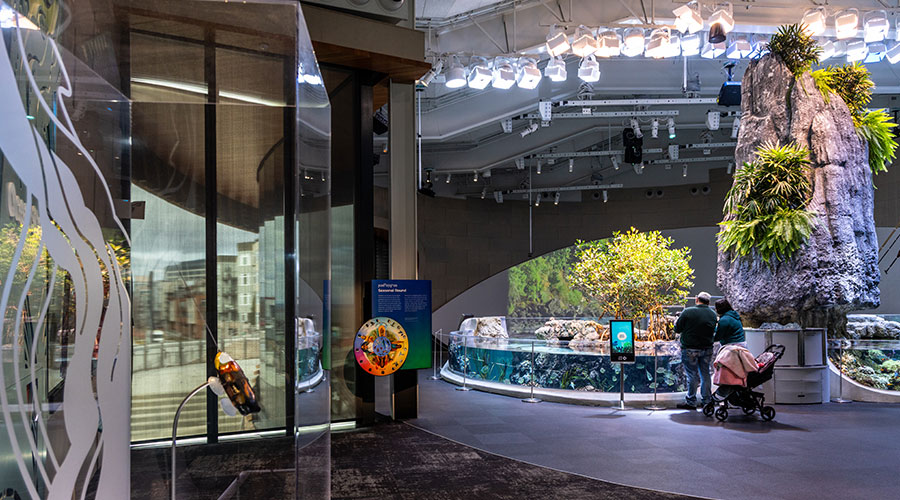Manufacturers' Experience Vital to Specify Emergency Lighting Products
Manufacturers have a great deal of experience helping managers specify emergency lighting products for system upgrades, some of which have succeeded and some of which have not. These experiences enable them to identify both trouble spots and overlooked opportunities for greater efficiency and savings.
“One thing we see that older facilities overlook is that their exit signs may be incandescent,” Garza says. “Whether they’re working or not is another question. But certainly from an upgrade standpoint, there is an ROI if you have incandescent exit signs. And there is still a large installed base of incandescent exit signs that, for the power consumption, need to be to be changed to LEDs to get the benefit of that lower-power light source that runs 24/7.”
Managers specifying photoluminescent signs should be aware that the products bring their own set of post-installation responsibilities.
“Unlike standard electrical exit signs and LEDs, where you just plug it in to the AC line and everything else is covered by the manufacturer, with photoluminescent signs, (managers need to be aware of) the minimum illumination that needs to be provided for the outside of the exit sign, Rapenau says. “That is the obligation of the maintenance personnel — the installation of the light source that is dedicated to the sign.”
Smart specification and installation of emergency lighting products also requires that managers understand the features and capabilities of these products, which does not always occur.
“One thing that has changed is that some people now think that all LED emergency lights are the same — the same intensity and the same performance,” Garza says. “But that’s not necessarily true. There are different grades and intensities and technologies that are used to drive LEDs that can really make a difference in the LED lighting application.”
Finally, managers trying to ensure successful system upgrades need to take into account not just the facilities they are working with but the occupants.
Managers need to consider “the number of people that can occupy a building and their knowledge of the building,” Wafler says. “If you have large numbers of people that are unfamiliar with the exit path from the building, that facility might require more emergency lighting. Auditoriums, convention centers, sports facilities might need higher illumination.
“On the other side, if you have an office facility or someplace where people go to work the same place every day and are more familiar with the building’s exits, that might not need the level of emergency lighting that some of these other facilities do.”
Related Topics:














